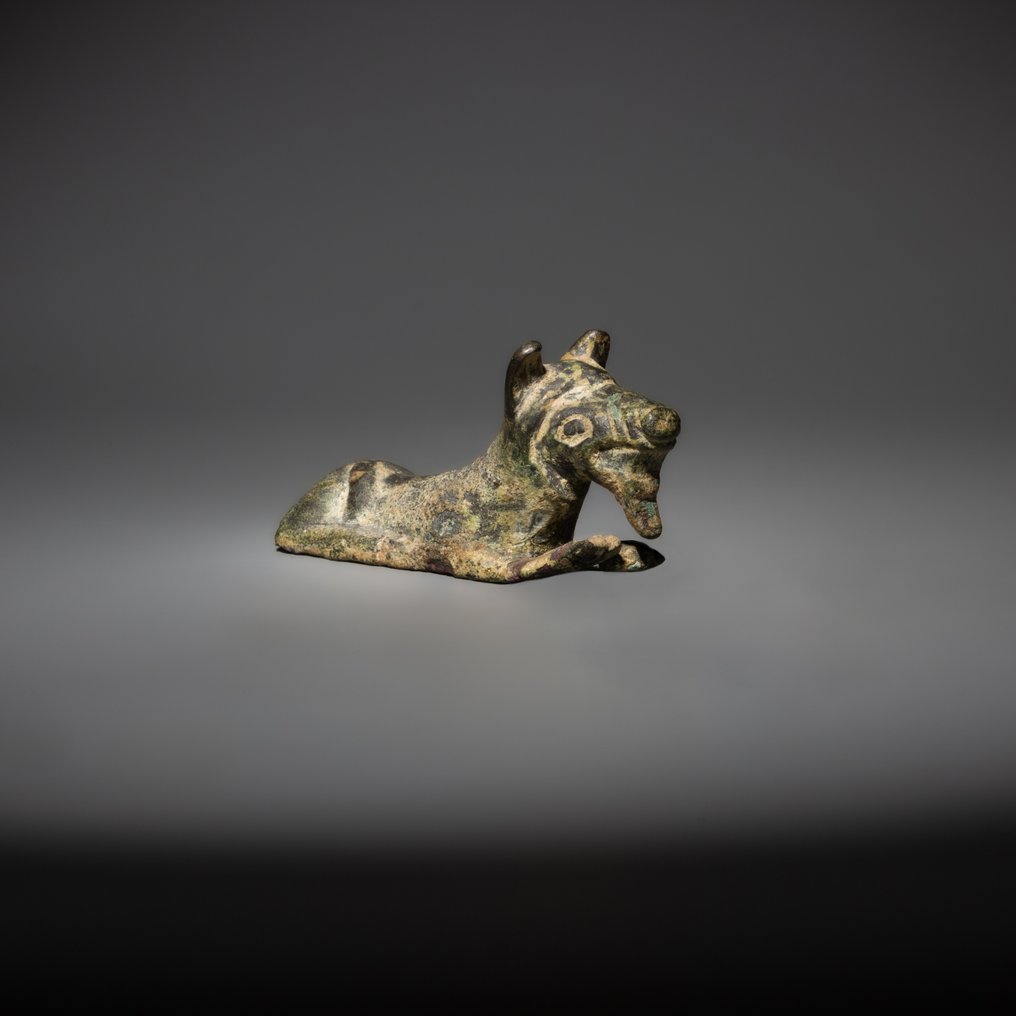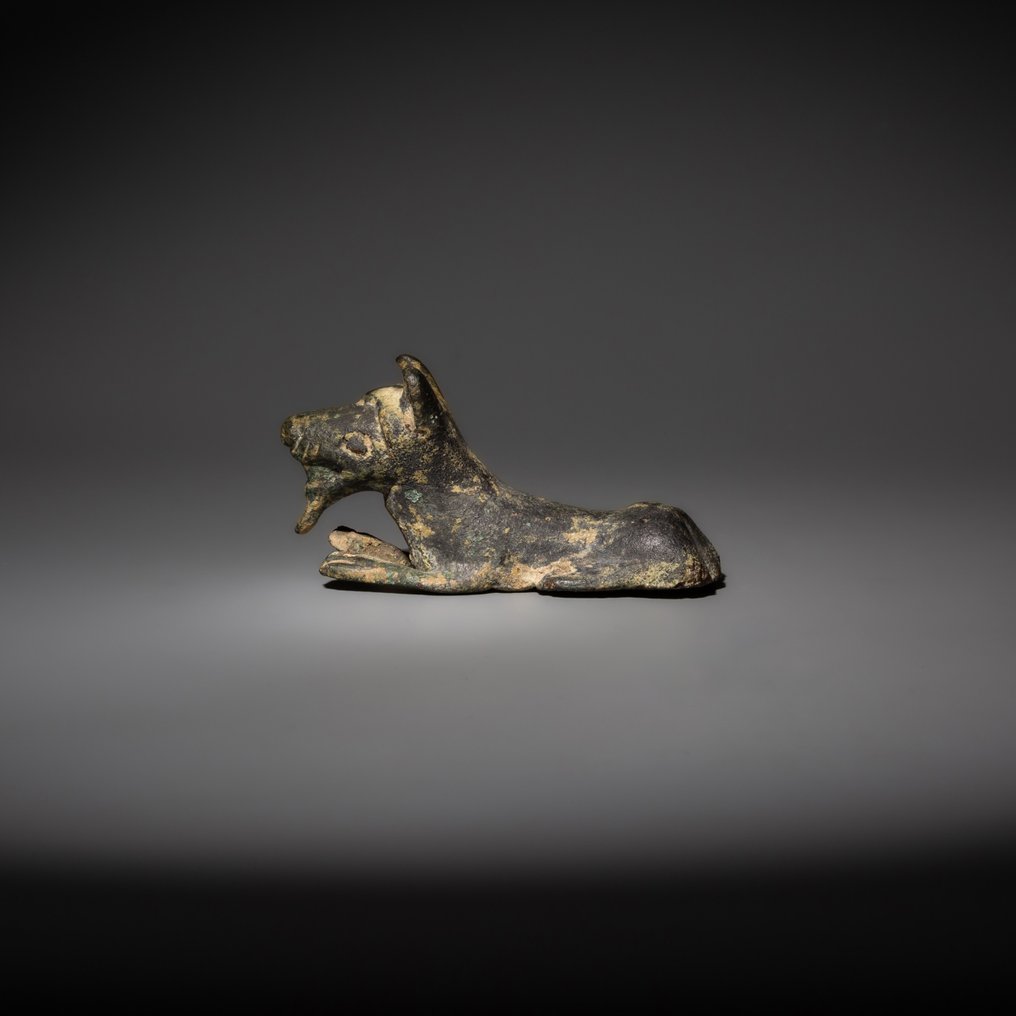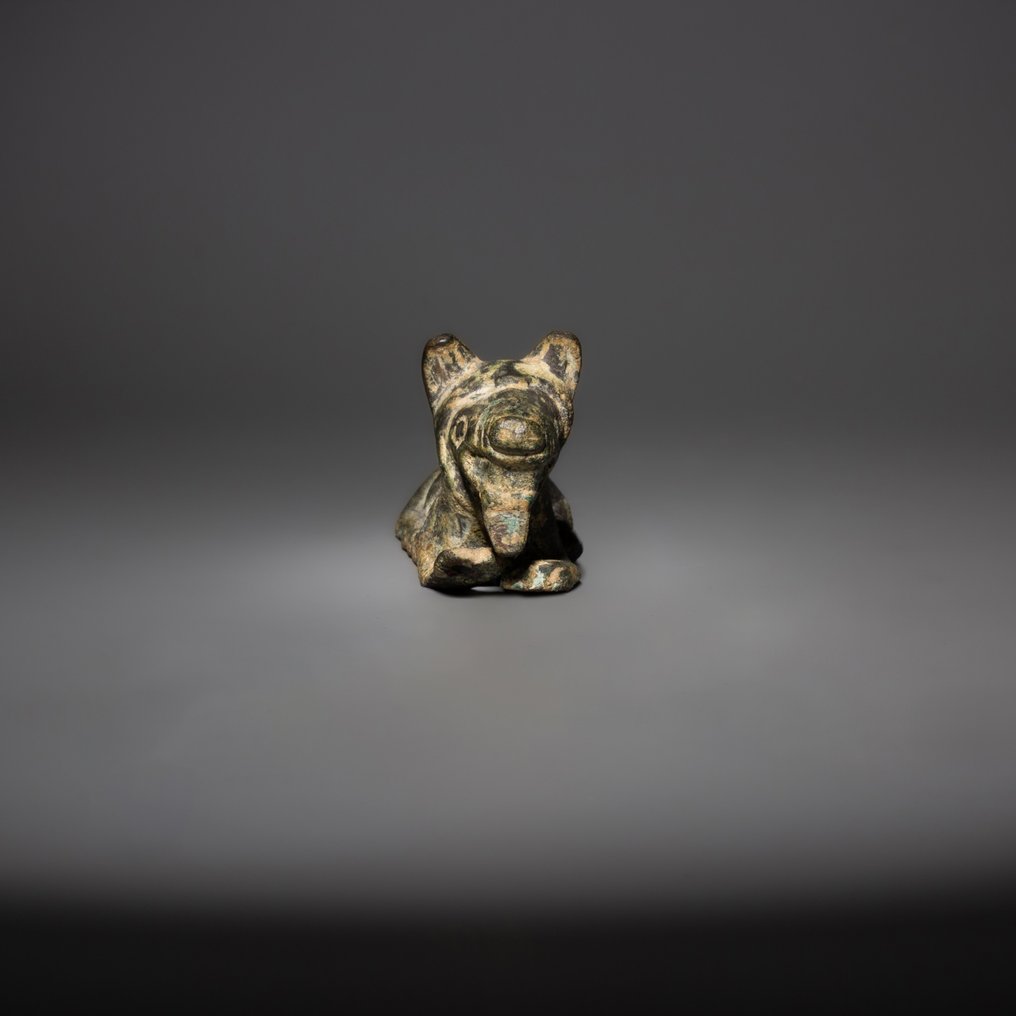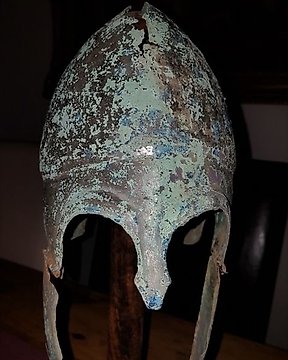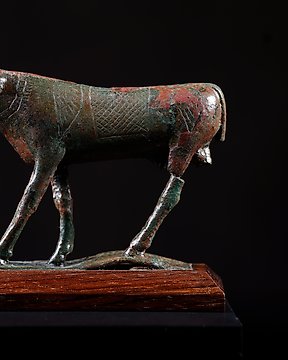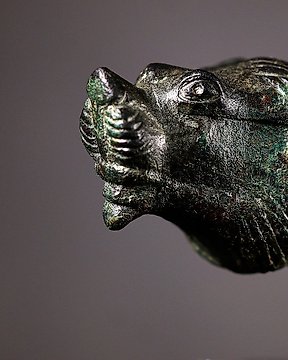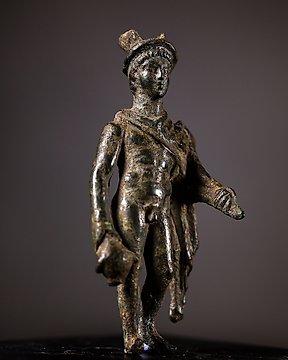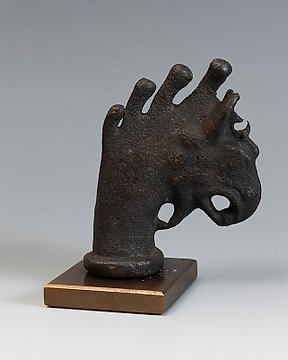Mentions légales
Le vendeur garantit que l'objet a été obtenu légalement et est en mesure de le prouver. Le vendeur a été informé par Catawiki qu'il devait fournir les documents requis par les dispositions législatives et réglementaires de son pays de résidence. Le vendeur garantit qu’il est autorisé à vendre/exporter cet objet. Le vendeur fournira à l'acheteur toutes les informations connues sur la provenance de l'objet. Le vendeur veillera à ce que tous les permis nécessaires soient (déjà) obtenus. Le vendeur informera immédiatement l'acheteur en cas de retard dans l'obtention de ces permis.
Le vendeur garantit que l'objet a été obtenu légalement et est en mesure de le prouver. Le vendeur a été informé par Catawiki qu'il devait fournir les documents requis par les dispositions législatives et réglementaires de son pays de résidence. Le vendeur garantit qu’il est autorisé à vendre/exporter cet objet. Le vendeur fournira à l'acheteur toutes les informations connues sur la provenance de l'objet. Le vendeur veillera à ce que tous les permis nécessaires soient (déjà) obtenus. Le vendeur informera immédiatement l'acheteur en cas de retard dans l'obtention de ces permis.

